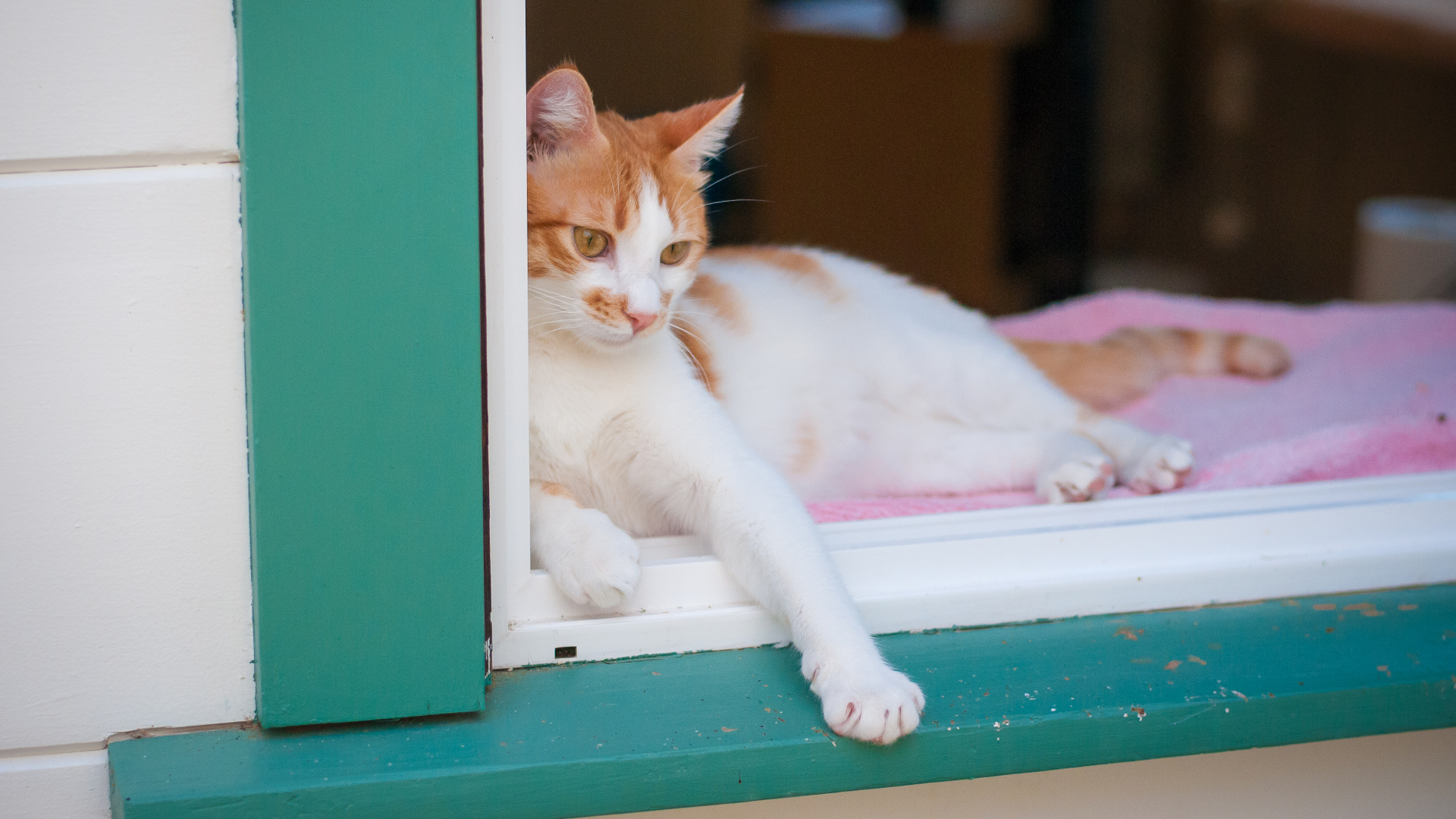Feline calicivirus infection is a common respiratory disease in cats. The virus attacks the respiratory tract — lungs and nasal passages — the mouth, with ulceration of the tongue, the intestines, and the musculoskeletal system. It is highly communicable in unvaccinated cats, and is commonly seen in multicat facilities, shelters, poorly ventilated households, and breeding catteries.
While vaccination against the calicivirus is strongly advised, vaccinations have failed to decrease the prevalence of the disease. This infection can occur in cat of any age, but young kittens older than six weeks have been found to be most susceptible.
Symptoms and Types
The following symptoms typically present themselves suddenly:
Cause
Cats typically acquire feline calcivirus (FCV) after coming into contact with other infected cats, such as in a shelter, cattery, or boarding facility. But because FCV is resistant to disinfectants, cats may come into contact with the virus in almost any environment. Lack of vaccination or improper vaccination is thought be an important risk factor, as well as a lowered immune response due to pre-existing infections or diseases.
Diagnosis
You will need to give your veterinarian a thorough history of your cat’s health, onset of symptoms, and possible incidents or conditions that might have led to this condition. Your veterinarian will perform a thorough physical exam to evaluate all body systems along with the overall health of your cat. A complete blood profile will also be conducted, including a chemical blood profile, a complete blood count, and a urinalysis. The results of these tests, however, are often non-specific and do not provide consistent findings for an initial diagnosis.
The more reliable diagnostic test involves identifying a buildup of FCV antibodies. These antibody tests can be used to detect and measure the levels of feline calcivirus antigen and/or antibodies corresponding to the viral antigen (feline calcivirus). A more advanced test that may be used involves growing the isolated viruses under controlled conditions using a technique called cell culture.
Diagnostic imaging can be used to determine any damage to the lungs; chest X-rays may show changes in the lung tissue, including consolidation of lung tissue in cats with pneumonia.
Treatment
Your cat will need to be hospitalized for intensive care and treatment if it has developed pneumonia or is experiencing severe life-threatening hemorrhages. Oxygen will be given if your cat is unable to breathe comfortably due to pneumonia. While there is no specific medication that is given for viral infections of this type, broad spectrum antibiotics are given to prevent or treat the secondary bacterial infections that are commonly seen with viral infections. Ophthalmic antibiotics are prescribed for use in the affected eyes, and pain killers can be prescribed for patients with painful walking.
Living and Management
Your cat requires good nursing care while recovering from the calicivirus infection. This may include cleaning the cat’s eyes and nose to prevent accumulation of secretions. Your veterinarian will recommend a food diet made up of highly nutritious and easily digestible foods, to be given at regular intervals so as to maintain a positive energy balance and to prevent malnutrition. If your cat is suffering from oral ulcers, it will need to be given soft foods.
Respiratory discomfort and breathing difficulties is also common, so advise your veterinarian if they should develop.
Even though vaccinations have not successfully decreased the prevalence of this virus, a FCV vaccine is still the best preventative for your cat, and may reduce the symptoms should your cat acquire the virus.
Your cat’s overall prognosis depends on the severity of the symptoms. Cats with uncomplicated cases of pneumonia, for example, typically recover within three to four days. However, severe pneumonia may be life-threatening. Oral ulcers and arthritis symptoms, on the other hand, generally resolve without complications.







